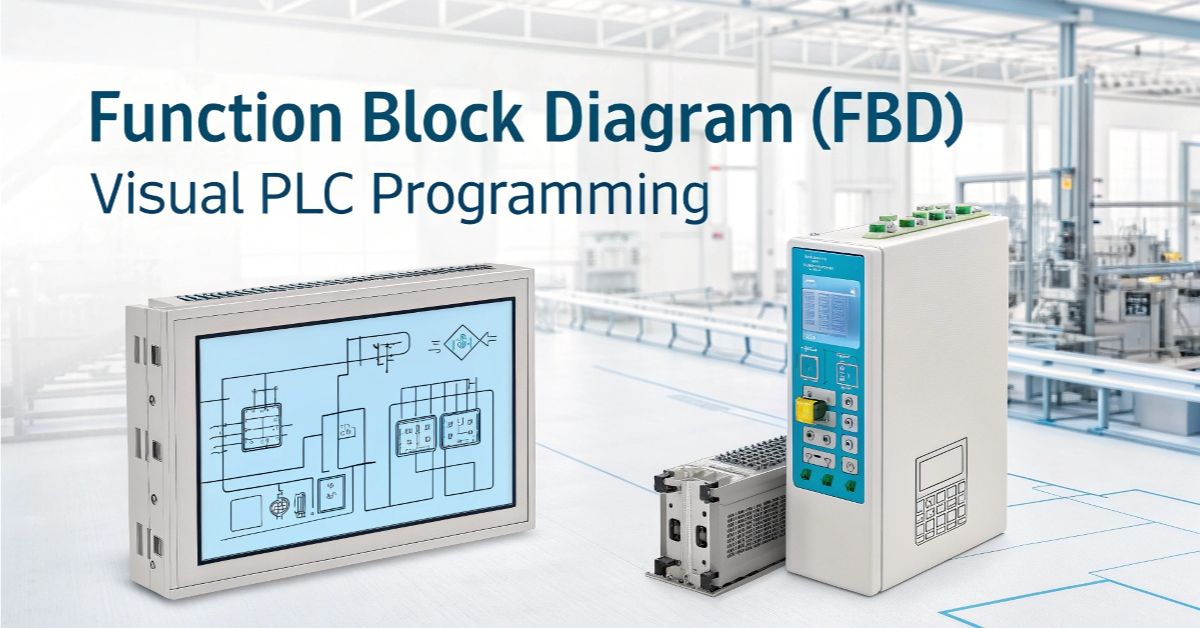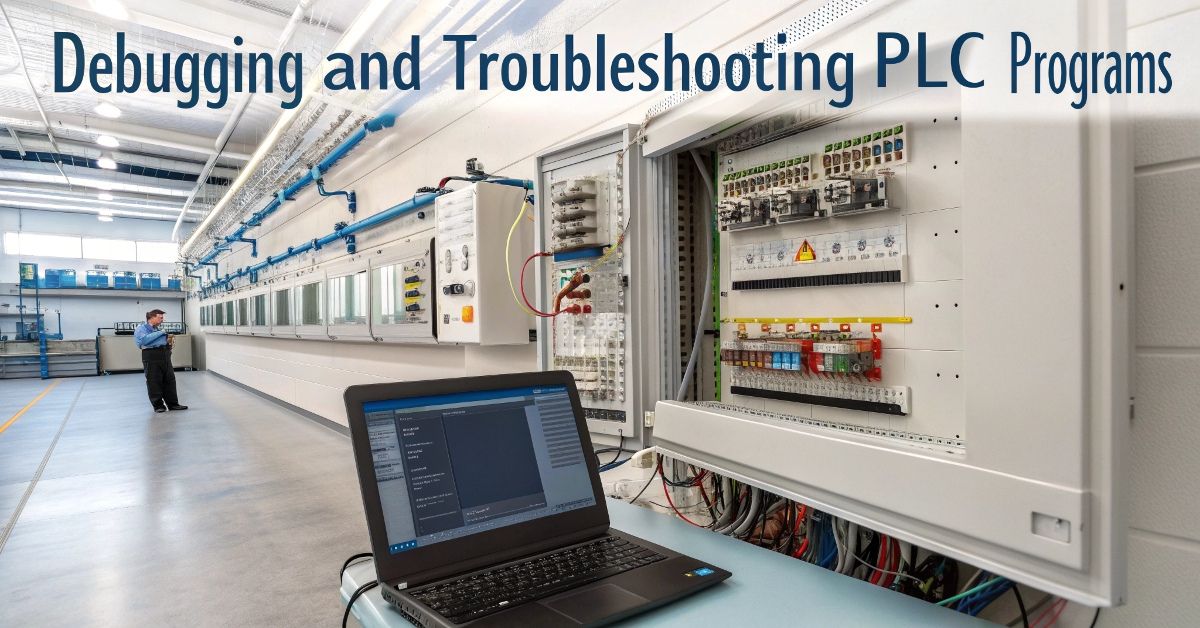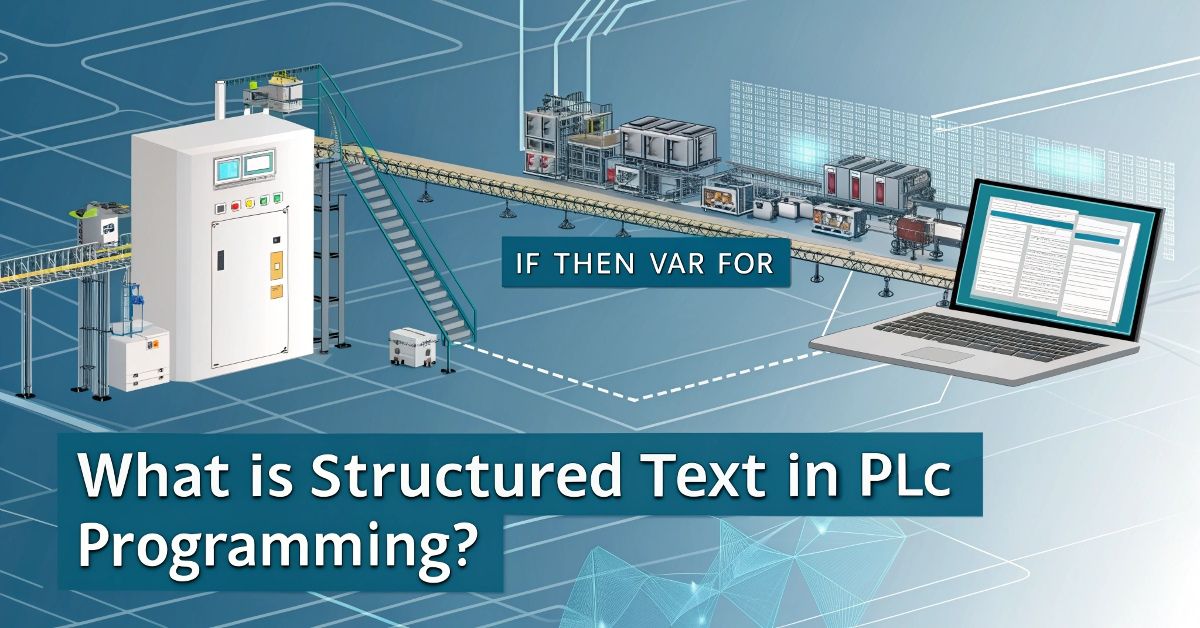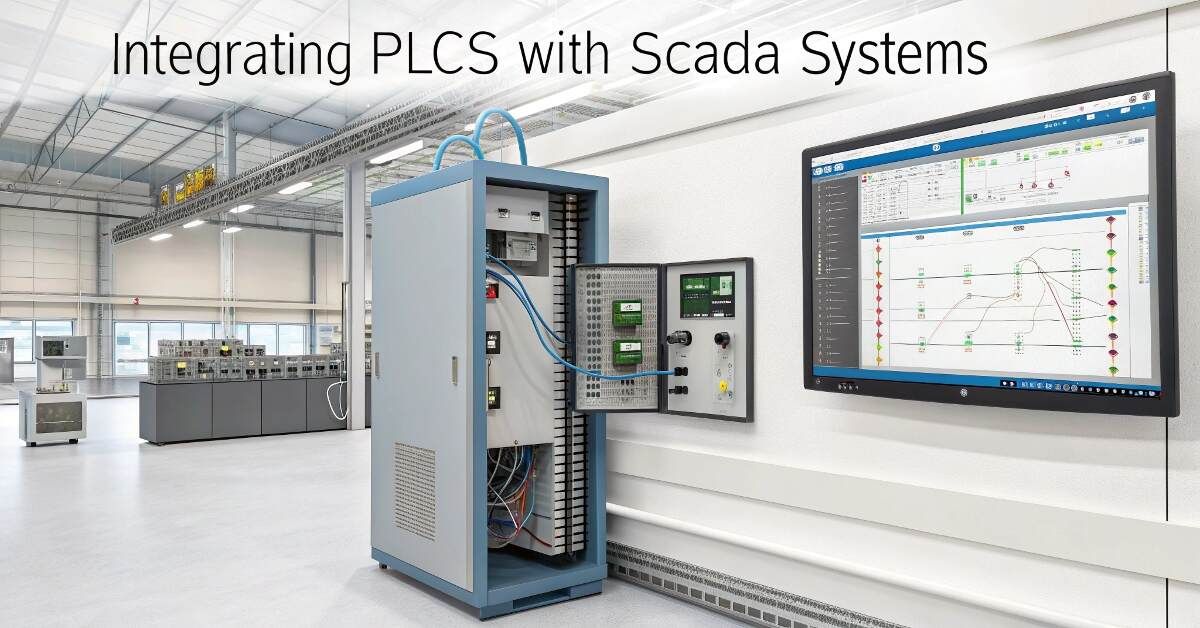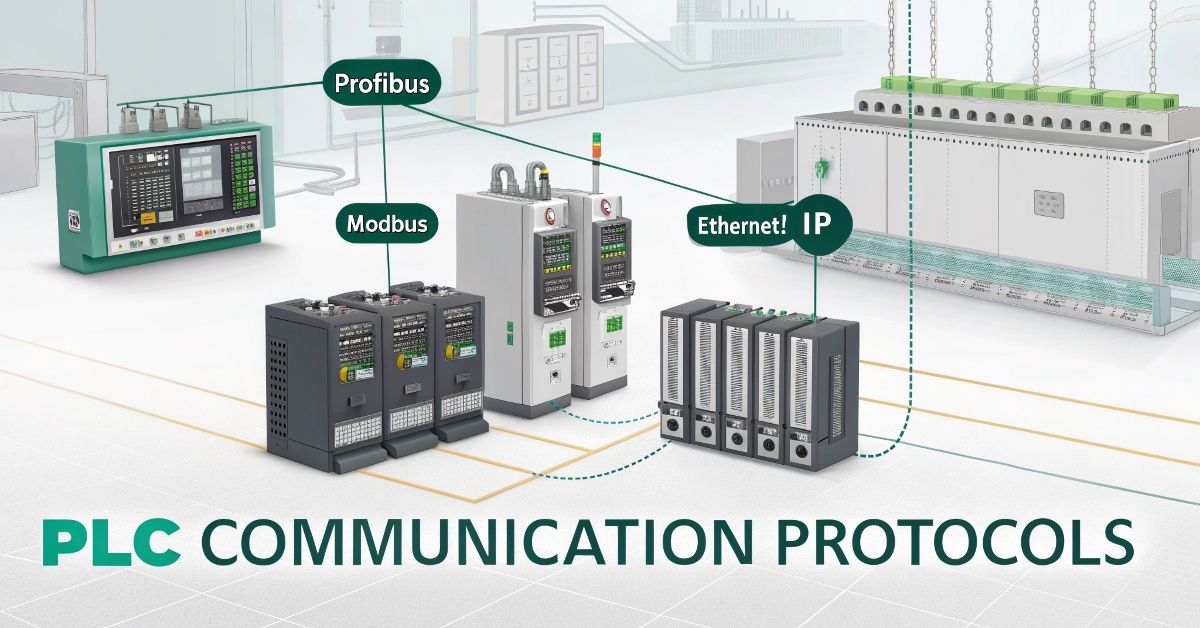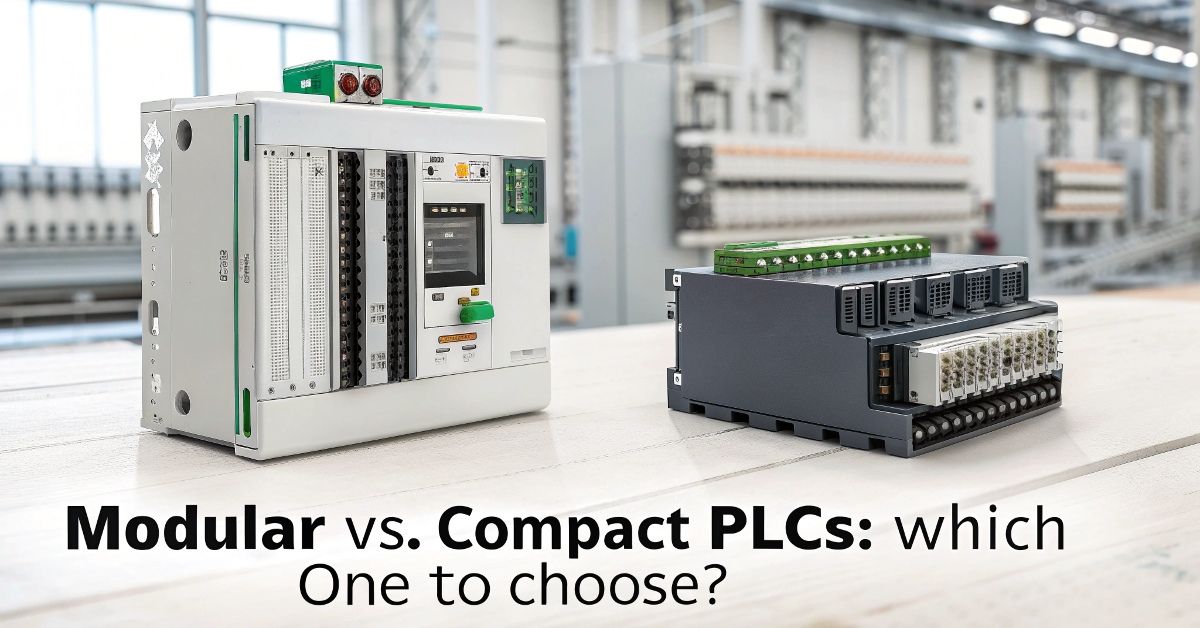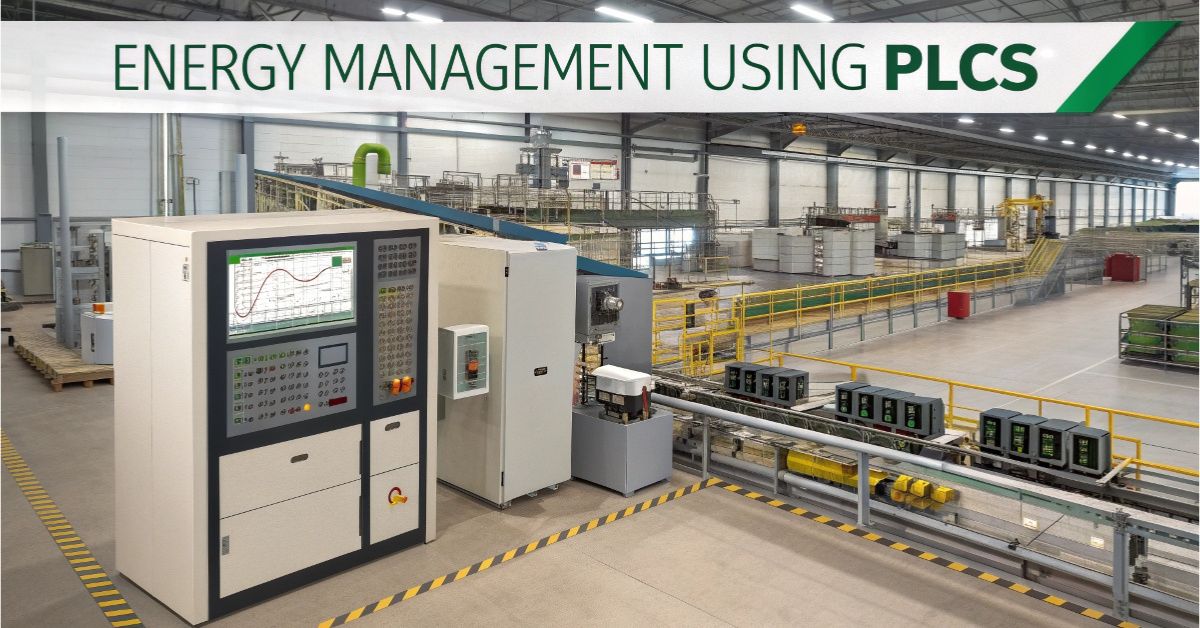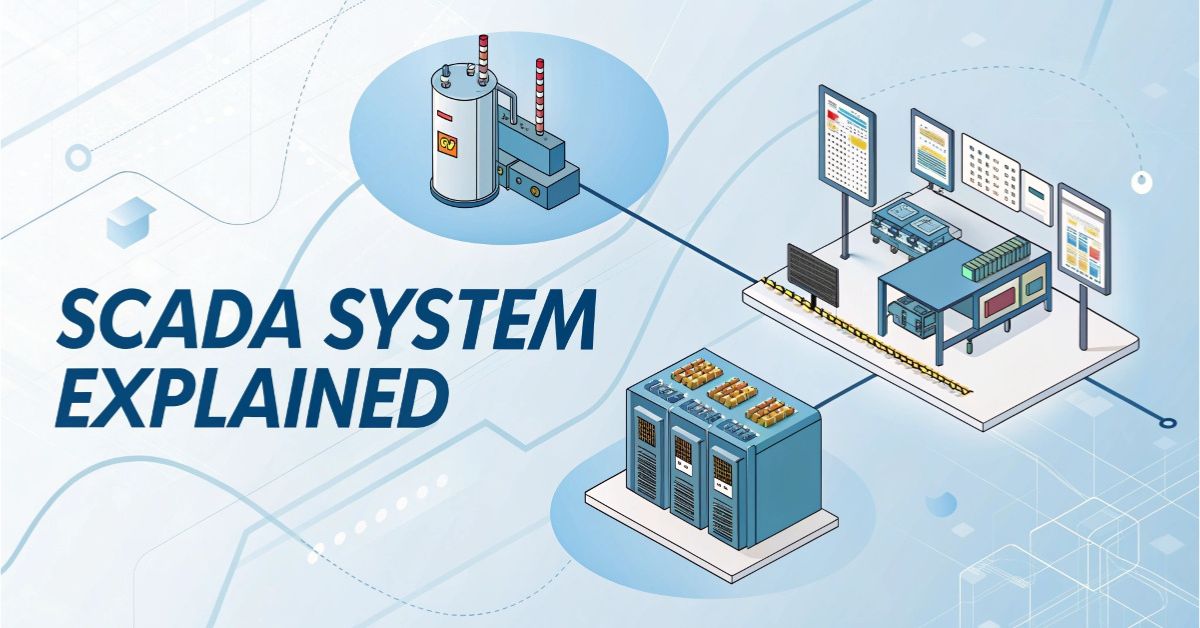Best Practices for Writing Efficient PLC Code
Writing Efficient PLC code begins when developers plan in a smart manner and maintain structural cleanliness. Every programmer should develop code which is easy to follow and maintain while also preserving system resources efficiently. Your job efficiency and program management become simpler when you establish well-organized programs which simultaneously cut down downtime and decrease confusion. … Read more


